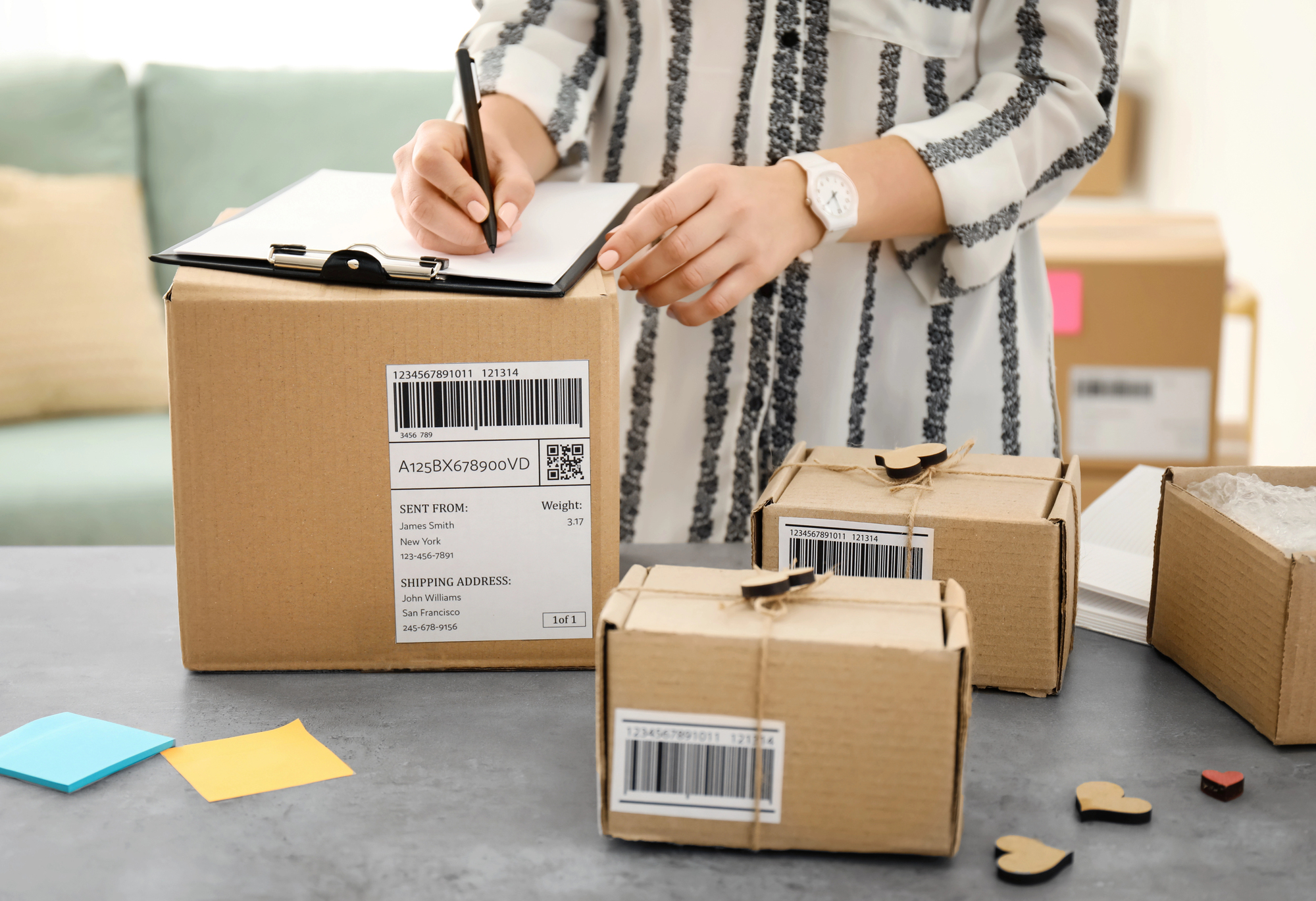In the fast-paced world of online shopping, waiting for your package to arrive can be a stressful experience. The anticipation of the delivery, combined with the occasional uncertainty about its exact arrival time, leaves many shoppers checking their tracking number updates repeatedly. But what if we told you that tracking numbers could do more than just show where your package is? They could help predict when it will arrive, offering a level of certainty that many don’t realize is possible.
The evolution of package tracking
Gone are the days when a simple “shipped” notification was the last update you received on your order. Thanks to advancements in logistics and technology, package tracking has evolved significantly, especially with the integration of real-time data from courier companies like UPS, FedEx, DHL, and even postal services. Tracking numbers now offer much more than a breadcrumb trail of where your package has been—they’re a tool for anticipating its final destination.
Most courier companies today provide near-instant updates as packages move through the shipping process. From departure to arrival at the local distribution center, tracking numbers are continuously updated with precise information. But what many don’t know is that, with the right tools, you can analyze this information to predict delivery dates with impressive accuracy.
How tracking numbers work
At the heart of package tracking is a unique identifier—a tracking number—that is generated when a package is shipped. This number is associated with all the key steps in its journey, allowing both the sender and recipient to monitor its progress.
When a package is scanned at various checkpoints, such as at shipping hubs or when it reaches a sorting facility, those scans are logged and linked to the tracking number. The more frequent these scans, the more data there is to work with. With a reliable tracking system, this data is turned into a comprehensive timeline that can often forecast when a package will be delivered.
Tracking numbers are also connected to the specific routes a delivery vehicle takes, as well as the expected delivery windows set by the courier. This allows you to estimate when your package will arrive, especially when you notice certain patterns in the scans.
Predicting delivery dates
While it may seem like a guessing game, predicting a delivery date based on a tracking number relies on careful analysis of the package’s progress. For example, if you see that your package has passed through several key transit points and is now on its way to a local distribution center, it’s reasonable to assume that it will arrive within the next 24 to 48 hours.
Advanced tracking systems, including those offered by universal tracking tools, use algorithms to assess past delivery data and offer predictions about your package’s arrival. These systems track historical delivery performance for specific routes and shipping conditions, allowing them to make highly accurate predictions based on similar past deliveries.
For instance, a package traveling from New York to Los Angeles will follow a similar route as thousands of other shipments before it. Analyzing these trends helps systems provide estimated delivery windows, ensuring you’re not left in the dark. Some tracking tools even send alerts or notifications when a package is about to arrive, giving you a heads-up before it reaches your door.
Benefits of accurate predictions
The ability to predict delivery dates using tracking numbers offers a multitude of benefits for consumers. First, it reduces anxiety by providing clarity around when to expect a package. No more endless waiting by the door or worrying about missing a delivery.
Furthermore, predicting a delivery date helps with planning. Whether you need to ensure someone is available to receive the package or you want to reschedule the delivery, understanding the timing of your shipment makes life easier. For businesses, accurate delivery predictions can also improve customer satisfaction by providing clear and reliable delivery windows.
The Role of Universal Tracking Services
To make this process even more efficient, universal tracking services, such as Ordertracker, allow customers to consolidate multiple tracking numbers from different carriers into one interface. These services can track packages across various delivery companies and provide unified predictions based on real-time data, making it easier than ever to stay on top of your deliveries.
Conclusion
Tracking numbers are more than just a tool to follow your package’s journey—they are key indicators of when your package will arrive. By analyzing the data they provide, consumers can predict delivery dates with a high degree of certainty. With the help of universal tracking services and future advancements in AI, the days of delivery uncertainty are numbered. So next time you check that tracking number, remember that it might just tell you more than you think.







Click here to change your cookie preferences